In Japan, the Heisei period (or Heisei era) refers to the time in which Emperor Emeritus Akihito was in power. Thusly, the films released within this time frame are the Heisei era of Godzilla films. There are seven films total in Godzilla's Heisei era (including one that was actually released five years prior to Akihito's reign), and they naturally vary in quality. With that being said, the Heisei era is also overall solid and well-aged.
The Heisei era also managed to be a decently diverse era, even with just seven entries. There's a reboot, a fan-submitted script that served as its follow-up, three reunions with old favorites, a clash with an extraterrestrial Godzilla counterpart, and a real end of days situation. It's an era that learned what G-fans wanted, and it gave it to them. These are the films of Godzilla's Heisei era, ranked.
7 Godzilla vs. SpaceGodzilla (1994)
If there's a clear bottom of the barrel in Godzilla's Heisei era, it's Godzilla vs. SpaceGodzilla. A tonal mess and a poorly-paced slog, it follows up the previous Godzilla vs. Mechagodzilla II with another tale of Godzilla fighting his equivalent, this one just happens to be made of organic matter. The main issue with Godzilla vs. SpaceGodzilla is how flat-out lifeless it all feels. It's a placeholder Godzilla film waiting to be something bigger, which the subsequent installment (also the Heisei era's closer) would go on to prove.
There's also the film's M.O.G.U.E.R.A (a robotic character that originally appeared in a different form in 1957's The Mysterians), which never reads as remotely serious especially compared to the mechanical titan in the previous film. Admittedly, the design of SpaceGodzilla is a win, but the bland human characters most certainly are not. Godzilla vs. SpaceGodzilla isn't a terrible G-film by any means, but it's the closest the Heisei era got to producing one. What isn't at all terrible is Godzilla's design, titled MogeGoji. The suit would return in the subsequent installment, and it's easy to see why, as every alteration to the era's previous suit works to its benefit. The stockier build and piercing eyes make him a significant presence, arguably more of one than his adversary.
6 Godzilla vs. King Ghidorah (1991)
Godzilla vs. King Ghidorah's time travel plotline is technically effective as a revised origin story (it shows how something like Ghidorah could be created and why this thing is so aggravated) and as a G-film, but there's just something off about it. Admittedly, Godzilla vs. King Ghidorah is seen by many as a high point in the Heisei era, but there are more faults than successes on the film's part, even if the practical effects are particularly terrific for the time and budget.
For one, the whole Terminator reverence schtick is a bit much, and there's a lot of it in Godzilla vs. King Ghidorah. Secondly, the film's villains (two middle-aged white guys and a similar cyborg) are at best laughable. But, on the positive side (and one must wonder if G-fans love part of this film as opposed to the whole), there are the two major fight scenes. Like most of the other films from Godzilla's Heisei era, Godzilla vs. King Ghidorah doesn't short the audience on the monster battles, especially once Mecha King Ghidorah comes flying in.
5 Godzilla vs. Mechagodzilla II (1993)
Before he was making a villainous appearance in Godzilla vs. Kong, the sneakily terrific MonsterVerse's best installment, Mechagodzilla was debuting in a similarly antagonistic fashion in 1974's Godzilla vs. Mechagodzilla. In between those two projects, the mechanical titan was reinvented as Earth's homemade savior against Godzilla in Godzilla vs. Mechagodzilla II.
In other words, it may be called Godzilla vs. Mechagodzilla II, but it couldn't be any more different from Godzilla vs. Mechagodzilla or Terror of Mechagodzilla. The role reversal makes it feel like an entirely different movie (which it is, but very much could not have been), and the inclusion of Fire Rodan helps further differentiate it from other Godzilla films, both Showa and Heisei. Godzilla vs. Mechagodzilla II also benefits from arguably the best fights from any Heisei era Godzilla film (which is saying something).
4 Godzilla vs. Mothra (1992)
Like the original 1964 Mothra vs. Godzilla, 1992's Godzilla vs. Mothra (also called Godzilla and Mothra: The Battle for Earth) is one of the Toho franchise's most essential installments. Like many films of the Showa era, there's a focus on character that's lacking in many films of its kind. This extends to both the monsters (once again Mothra is fleshed out and compelling) and the people.
In fact, the human plot of Godzilla vs. Mothra (1992) is both as strong as the original's greed-focused narrative and another kaiju film with a similar central arc: Bong Joon-ho's The Host. Toss in an actual full character arc for a monster character (Battra), and Godzilla vs. Mothra is a cut above. Even the middling Heisei installments are strong, and in the case of Godzilla vs. Mothra, that's because of good acting and a couple of extra special villain designs in Battra.
3 Godzilla vs. Destoroyah (1995)
Even if ranking every Godzilla movie instead of just the Heisei Era, Godzilla vs. Destoroyah lands itself toward the top. Far more of an effective era closer than Terror of Mechagodzilla (which is solid in its own right), there's a level of dreadful finality to Destoroyah that's missing from just about every installment of the franchise. For one, the antagonist is top-notch, both in design and personality (as much as one gets in a kaiju film, anyway).
There's also the reverence for 1954's Gojira and an aquarium-set first act that reads as a successfully done homage to James Cameron's Aliens. But what truly sets it apart (and makes it the favorite Heisei era film of many) is the tension present throughout. From moment one the audience feels that, while Godzilla's been through a lot, he won't get through this one. First off, he's burning from the inside out. Secondly, he's fighting his most intimidating adversary since Gigan, if not more so. Godzilla vs. Destoroyah is an effective film if only for the fact it knows that stakes are important, but thankfully that's not all it values given the battles and relatively decently-rounded human characters.
2 Godzilla vs. Biollante (1989)
A direct sequel to 1984's The Return of Godzilla (which is the reason that reboot is considered part of the Heisei era), Godzilla vs. Biollante was written as the result of a writing contest held by Godzilla creator Tomoyuki Tanaka. It was a bizarre decision that resulted in one of the series' best scripts and overall best movies to date. The fact that the heartfelt and compelling narrative about grief was crafted by someone outside the filmmaking system (in this case, a dentist) makes it feel like the pleasantly notable outlier it is in the continuing franchise's history.
The film's first script was changed quite a bit, but director Kazuki Ōmori kept its focus on the potential uses of biotechnology and a scientist's attempts to combine his deceased daughter's DNA with plants. He also kept the concept of having a psychic character, ultimately resulting in franchise favorite Miki Saegusa. Saegusa would go on to appear in every other Heisei era Godzilla film, setting a human character appearance record not only for the Godzilla franchise but for the kaiju film subgenre as a whole.
1 The Return of Godzilla (1984)
The Godzilla franchise has stood the test of time because it knows how to reinvent itself for a new era and political climate. This has never been more clear than in The Return of Godzilla. Even the ultra-butchered, Americanized Godzilla 1985 has the eerie, uncertain tone of the Cold War. On the positive side, the Americanized version features a fun if unenthused appearance by Godzilla: King of the Monsters' Raymond Burr. The actor is again relegated to spouting prognostications about how this can all get so much worse and how it's not just Godzilla humanity is facing, it's humanity itself. The threat of nuclear war is an effective backdrop for a narrative, especially one that features a world-ender like Godzilla stomping around and incinerating buildings with his breath.
Everything about The Return of Godzilla functions like clockwork. The pacing is on-point, Godzilla's first reveal at the power plant is well-executed, and his battles with the Super-X are well-staged. Furthermore, the film's usage of an animatronic head for the titular monster is something never done again in the franchise, which is a shame, because it helps make him the scariest he's been since 1954, bar none. There's an argument to be made that, save for the original, The Return of Godzilla is the very best the franchise is capable of. It's a product of its time, but it's both satisfying for G-fans and accessible to general audiences. At the very least, The Return of Godzilla makes a wonderful companion piece to John Guillermin's King Kong (1976).
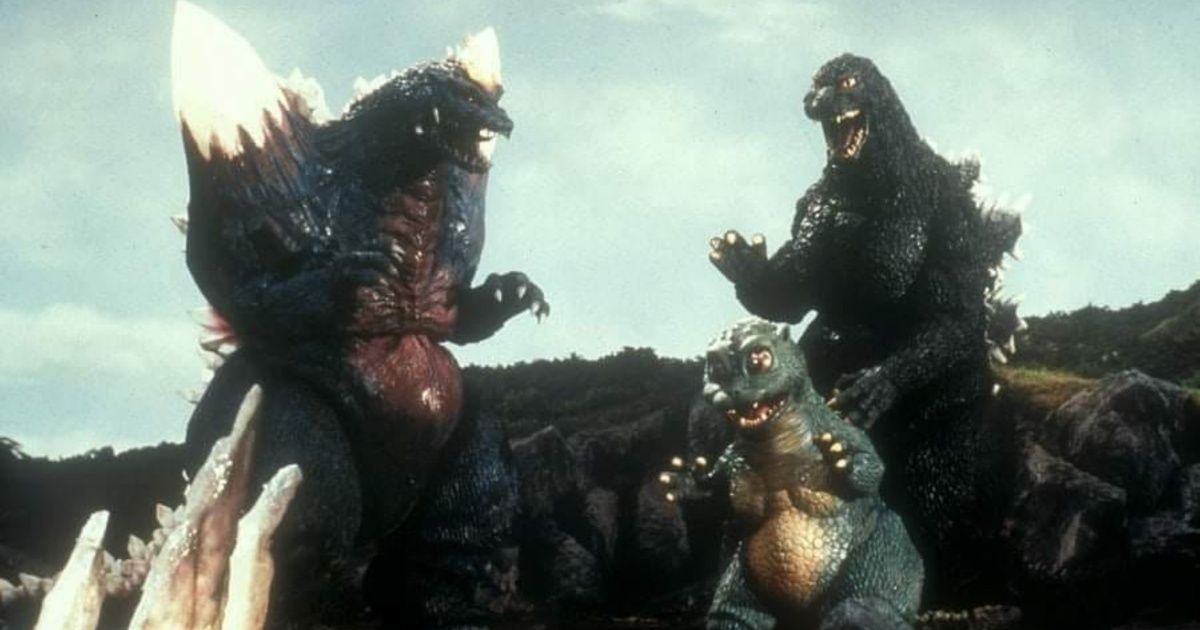
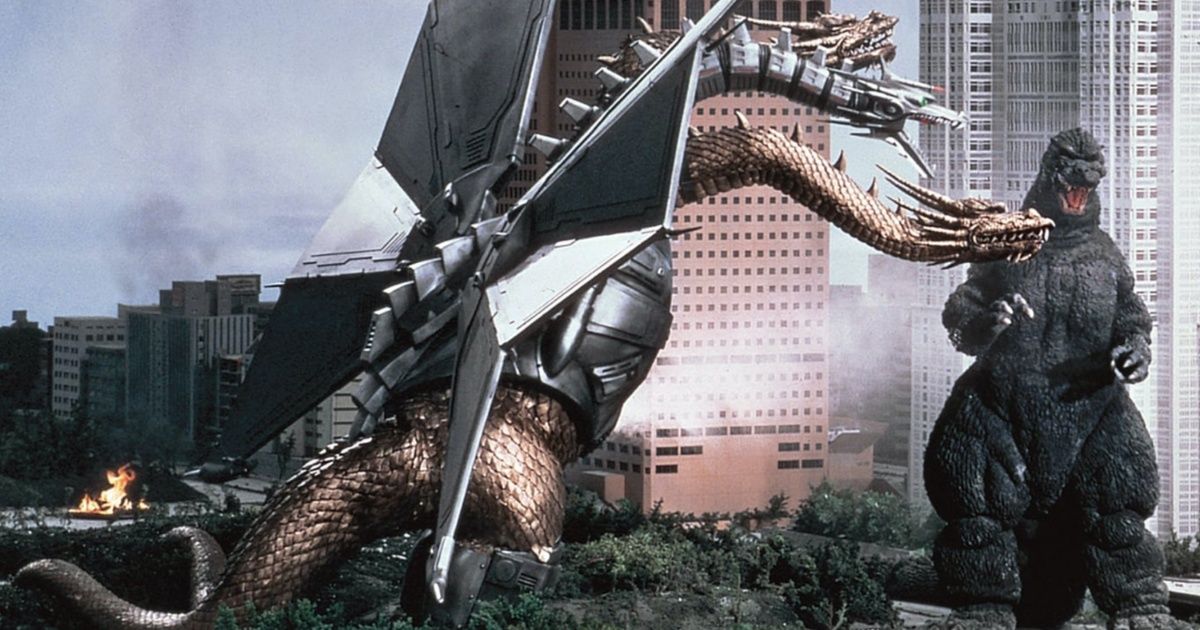

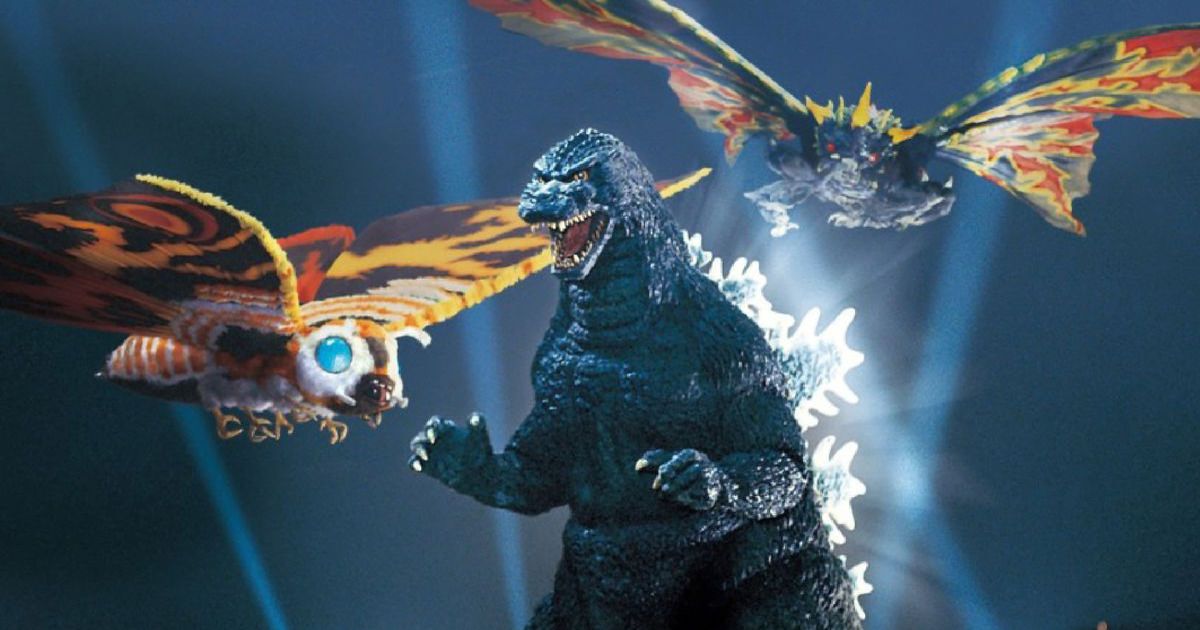
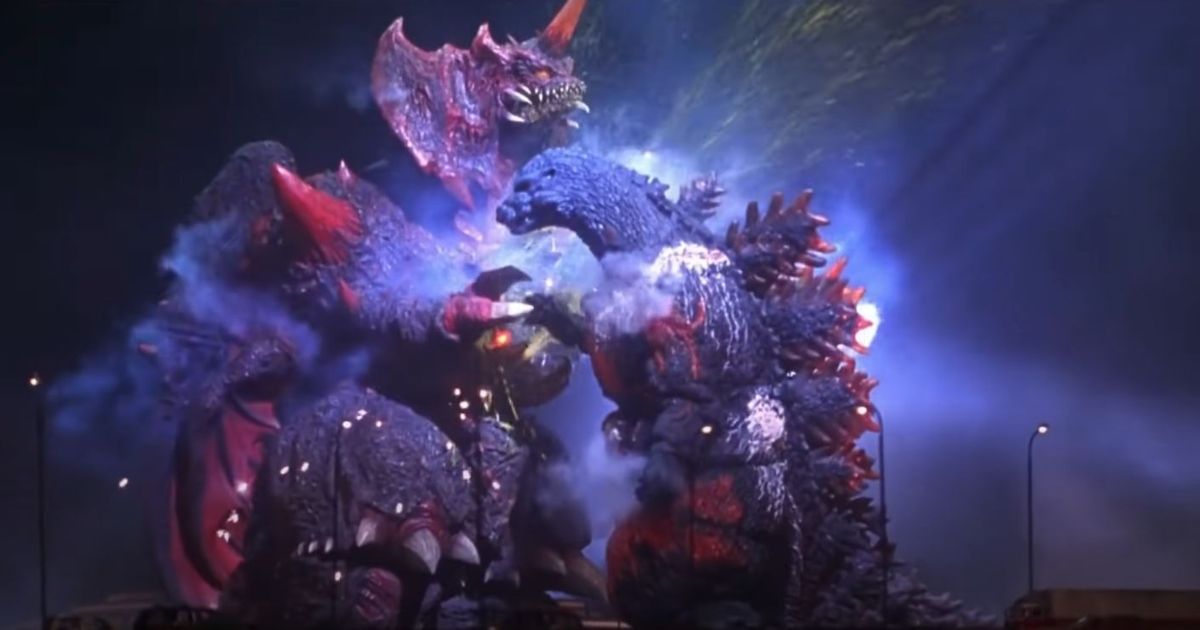
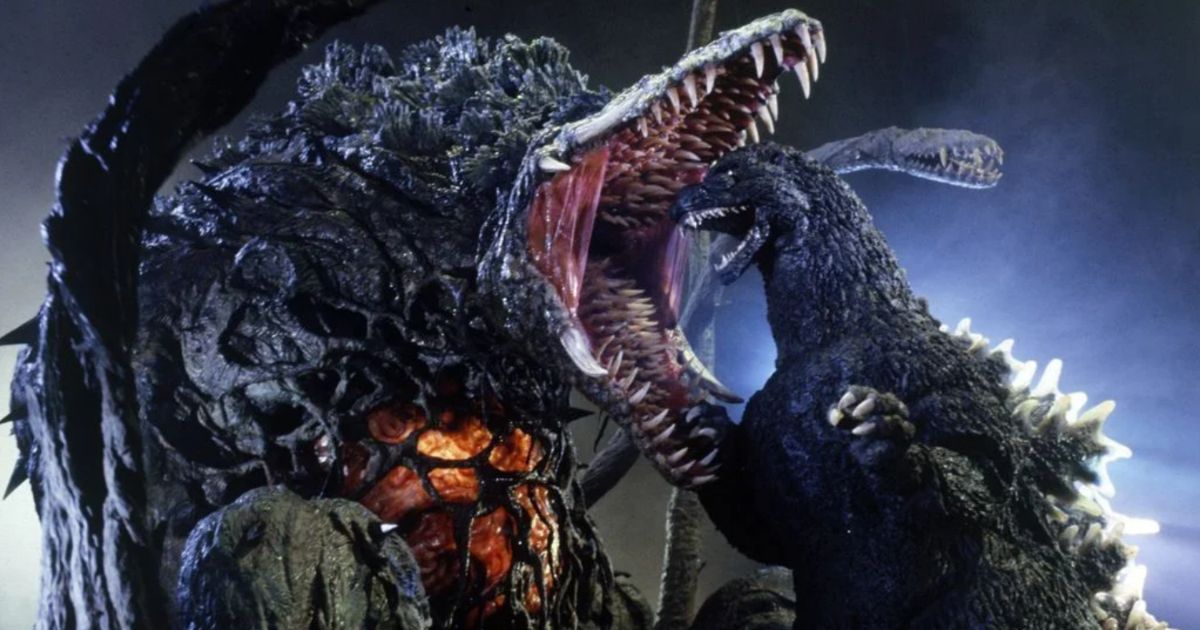
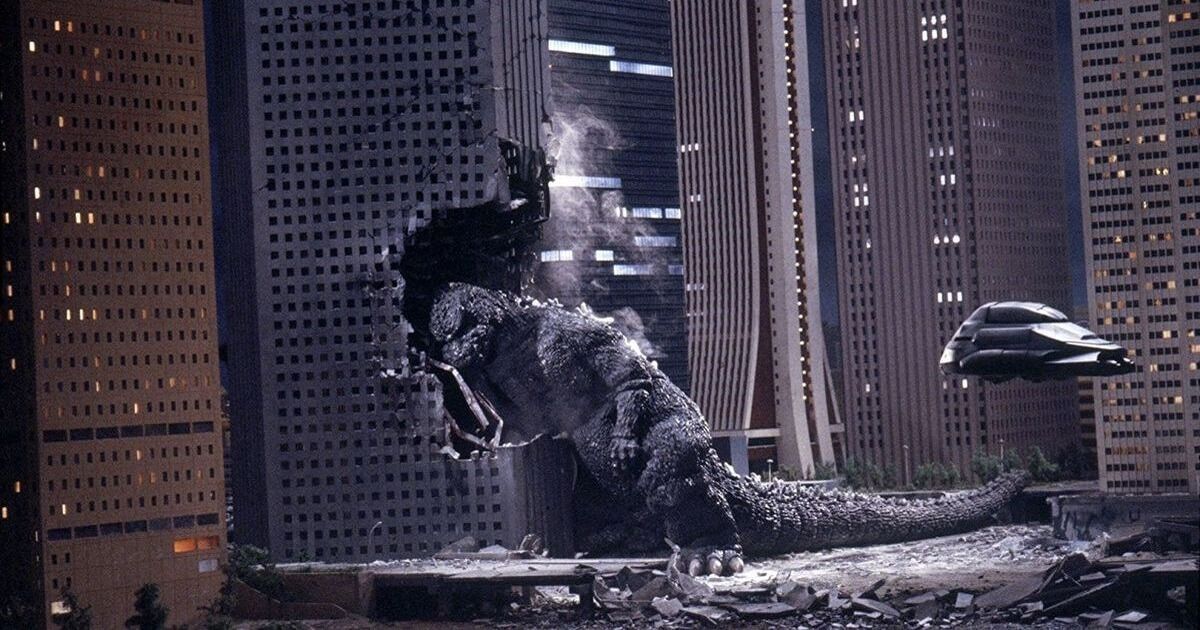
Comments
Post a Comment